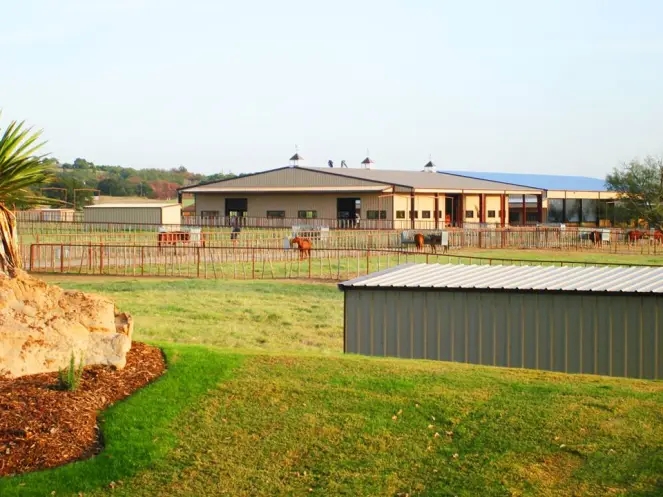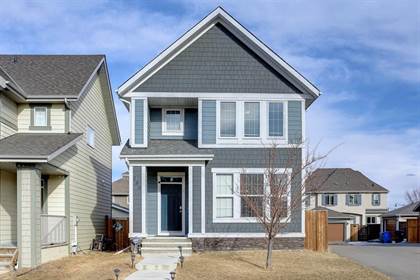Efficient obsolescence is a vital strategy in real estate that will significantly effect the significance, marketability, and user friendliness of attributes with time. In contrast to physical degeneration due to wear and tear or economic obsolescence affected by additional aspects, efficient obsolescence comes from intrinsic defects or out-of-date capabilities within a property’s layout, solutions, or structure. This post delves into the functional obsolescence real estate, various variables adding to functional obsolescence across different industries of real estate property, highlighting their consequences and just how stakeholders can tackle these difficulties efficiently.
Knowing Practical Obsolescence
Practical obsolescence means aspects of a house that lessen its value or appeal because of out of date layout, functions, or design. These aspects can make a home less competing on the market and may even require ideal interventions to minimize or take care of. Determining the specific variables leading to functional obsolescence is vital for homeowners, investors, appraisers, and programmers to produce informed judgements and improve tool efficiency.
Key Factors Adding to Functional Obsolescence
Scientific Improvements:
Rapid Technical Adjustments: Improvements in technologies can easily provide building methods, lighting fixtures, and amenities obsolete. Attributes inadequate modern day facilities for intelligent home technological innovation, energy effectiveness, or substantial-rate internet connection might experience engineering obsolescence.
Outdated Building Methods: Obsolete HVAC (Heating system, Ventilation, and Air Conditioning) solutions, plumbing, electric electrical wiring, along with other constructing techniques can raise operational charges, minimize electricity performance, and detract through the property’s all round marketplace attractiveness.
Layout and Design Tendencies:
Modifications in Layout Personal preferences: Shifts in architectural designs and design personal preferences after a while can cause functional obsolescence. As an example, attributes with compartmentalized layouts and sealed-off spaces might be much less desirable in comparison with open-plan designs that encourage spaciousness and online connectivity.
Absence of Versatility: Poorly developed surface ideas to limit features, adaptability, or sunlight penetration can detract in the property’s livability and consumer encounter, having an effect on its marketability and benefit.
Developing Computer code Agreement:
Changes and Regulations: Modifications in building requirements, protection standards, and environment polices call for components in order to meet present agreement needs. No-concurrence may result in practical obsolescence, necessitating costly refurbishments or updates to line-up with authorized and regulatory criteria.
Economic and Market place Elements:
Changes in Industry Demand: Variations in consumer personal preferences, market styles, and economical problems can influence property demand and importance. Properties which do not line up with recent industry expectations or absence services and has wanted by purchasers or renters may experience economic obsolescence.
Area Dynamics: Variations in neighborhood demographics, facilities improvement, or zoning polices can effect property principles and marketability after a while, adding to useful obsolescence or else dealt with proactively.
Enviromentally friendly Sustainability:
Energy Inefficiency: Components with very poor efficiency, obsolete power systems, and vitality ingestion charges may be perceived as environmentally outdated. Boosting electricity performance and adding eco friendly techniques can mitigate practical obsolescence associated with environment problems and operating expenses.
Accessibility and Basic safety:
Accessibility Requirements: Components that do not meet ease of access requirements for people with handicaps may encounter efficient obsolescence, reducing their appeal to a wider array of potential residents.
Safety Worries: Security dangers, out-of-date fireplace protection solutions, and substandard security actions can detract through the property’s overall charm and present accountability dangers, necessitating changes to make sure occupant basic safety and agreement with safety rules.
Implications and Mitigation Tactics
Household Real Estate:
Renovation and Modernization: Upgrading the kitchen, washrooms, and living spaces to line up with modern design styles and lifestyle tastes.
Electricity Effectiveness Updates: The installation of electricity-efficient kitchen appliances, insulation, and alternative energy systems to reduce application charges and enhance sustainability.
Industrial Real Estate Property:
Adaptive Reuse: Repurposing outdated business office areas or retail industry buildings for choice employs that far better suit existing industry requirements.
Scientific Integration: Including wise developing technology, versatile workspace models, and services that enhance renter output and fulfillment.
Commercial Property:
Modernizing Structure: Updating producing services with superior machinery, programmed methods, and energy-productive technological innovation to boost functional effectiveness.
Compliance and Safety Advancements: Ensuring conformity with business security requirements, environment restrictions, and employees basic safety methodologies to mitigate hazards and enhance residence benefit.
Handling Useful Obsolescence
Thorough Residence Assessments: Doing detailed inspections and assessments to determine probable types of practical obsolescence, which include constructing solutions, design and style defects, and regulatory agreement problems.
Ideal Remodelling and Retrofitting: Building renovation strategies and retrofitting approaches to deal with identified obsolescence aspects and improve residence performance, sustainability, and market place competitiveness.
Market Location and Communication: Emphasizing house strengths, remodelling possible, and sustainability features in marketing materials to get would-be consumers or renters and know the difference the house in the marketplace.
Conclusion
Efficient obsolescence presents considerable problems in actual real estate valuation and house advancement, affecting attributes across home, industrial, and business market sectors. By comprehending the important aspects leading to functional obsolescence—such as technical changes, layout developments, creating code conformity, monetary shifts, sustainability concerns, and safety considerations—stakeholders can implement proactive strategies to mitigate dangers, improve property importance, and make certain long term viability within a competing market environment. Efficient management of useful obsolescence calls for continuous monitoring, ideal preparing, and purchase in lasting and progressive solutions that increase property features, effectiveness, and attract fulfill changing marketplace demands and stakeholder anticipations.

